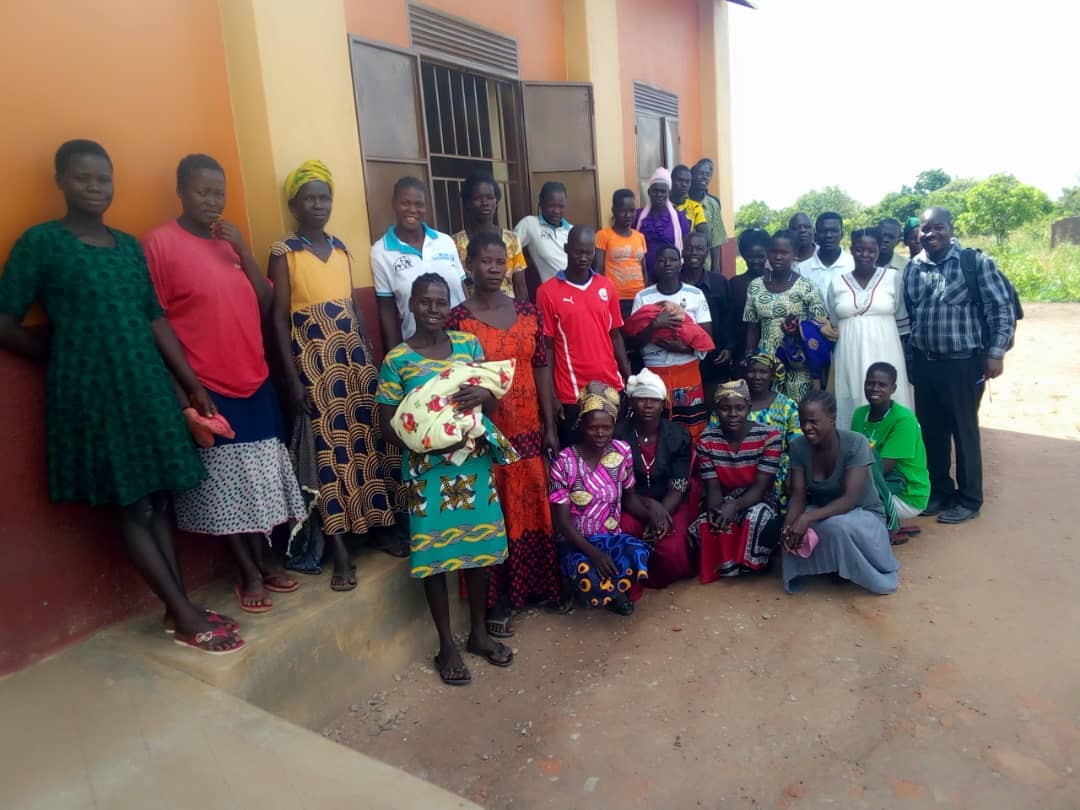GULU – For years, locals in the northern district of Gulu have earned way too little – about Shs 500, from selling a kilogram of unprocessed shea nuts, despite its invaluable nutritional and cosmetic benefits.
Shea trees, which produce shea nuts, grow naturally in eastern and northern Uganda. All over, shea nuts trees are a protected species.
The prices of hot and cold pressed shea butter are marching higher nationally and internationally in recent years, providing a high financial return on investment for rural communities and entrepreneurs in cosmetic products.
It is used as a moisturizer because it contains vitamins A, E and F. Other people use shea butter for cooking among other things. In Acholi, shea nut trees are held in high cultural regard. The butter is used for rituals, body lotion, medicine and cooking.
However, in recent years shea trees have been felled massively. Its wood is considered one of the best for making charcoal and furniture. Areas that were once heavily populated with shea trees now have none, or very few trees, as commercial charcoal dealers keep felling them – threatening the livelihood of locals who for years have depended on the sale of its butter for a living.
In order to protect and reap more benefits from shea nuts, a group of 50 individuals in Oguru Village, Otege Parish in Pukony Sub County, formed a cooperative in March 2021.
“We formed the cooperative to have a collective voice to demand for higher prices for shea nuts. For years, the community has been selling a cup at only Shs 200, yet collecting she nuts is very hard individually,” said Jimmy Odong, the chairperson of Pukony Community Shea Nuts Cooperative Society Limited.
Odong said members thought forming a group would enable them get bulk buyers within the country and outside so that shea nuts business becomes their source of livelihood.
“We believe that as a group, we can collect a lot of shea nuts and sell a cup at a minimum of Shs 1000. Shea nuts are so valuable; we can get cooking oil, soap and materials for growing mushrooms. If we get them in bulk, it can become our source of livelihood,” he said.
Odong said they have agreed that each member collects, dries, removes the hard cover, and takes the product to the group store. Then collectively the group will look for buyers.
“The proceeds we get after sale will then be shared as a group. Now we have requested the District Commercial Officer to get for us market outside. We hope to collect more than 200 kilograms,” Odong said.
To hit the 200 kilogram-target, Odong said they have asked non-members of the cooperative to collect shea nuts and sell to the cooperative.
To ensure continuity of the business, Odong said they are sensitizing the community, with the help of village leaders and the Gombolola Internal Security Officer (GISO), on the need to preserve the trees.
“Since we have started buying from them, the cutting of shea trees is also going down. We moved with the local council leader and the GISO and they have stopped cutting the trees,” he said.
Anthony Okello, the LC-I of Oguru Village, said they have informed the community that anyone found cutting the protected tree species will be arrested.
The GISO of Awach, Felix Otto Omona, said his office plans to carry out a shea nut tree census, so that anyone who cuts a tree is dealt with directly.
“We are waiting for the swearing in of new leaders, before they can start implementing this idea of counting the number of existing shea nut trees,” Omona said.
Future Plans
Odong said the cooperative, in addition to preserving the few trees, is also looking for individuals or groups that can teach members how to plant shea nut trees.
“We already have the seeds but growing it to the point of transplantation needs skill. And that is the help we need now,” Odong said.
A shea nut tree takes between 10-15 years for the first harvest. In Uganda, shea nuts tree species are found in only in northern Uganda and West Nile sub-region.
A study conducted by Makerere University researchers shows that in 2008, fallow land in northern Uganda had 20 shea nut trees for each 2.4 acres, but by 2017, the number had dropped to between 10-15 shea nut trees.
In 2018, the government through the Ministry of Water and Environment, in line with Section 29 (1 & 3) of the National Forestry and Tree Panting Act 2003, suspended the cutting, transportation and sale of products of Shea nut trees, following its rapid destruction. However, that has not stopped.
Alfred Ocen, the Gulu District Commercial Officer, said the group’s cooperative ideal is being supported by a project under Uganda Women Entrepreneur’s Association Limited, UWEAL, to promote the shea nuts value chain in northern Uganda.
“Forming a shea nut cooperative is an excellent idea but since they are all farmers, they should have other activities or enterprises that support the functionality of the cooperative beside the value chain of shea nuts,” Ocen said.
Buy your copy of thecooperator magazine from one of our country- wide vending points or an e-copy on emag.thecooperator.news
